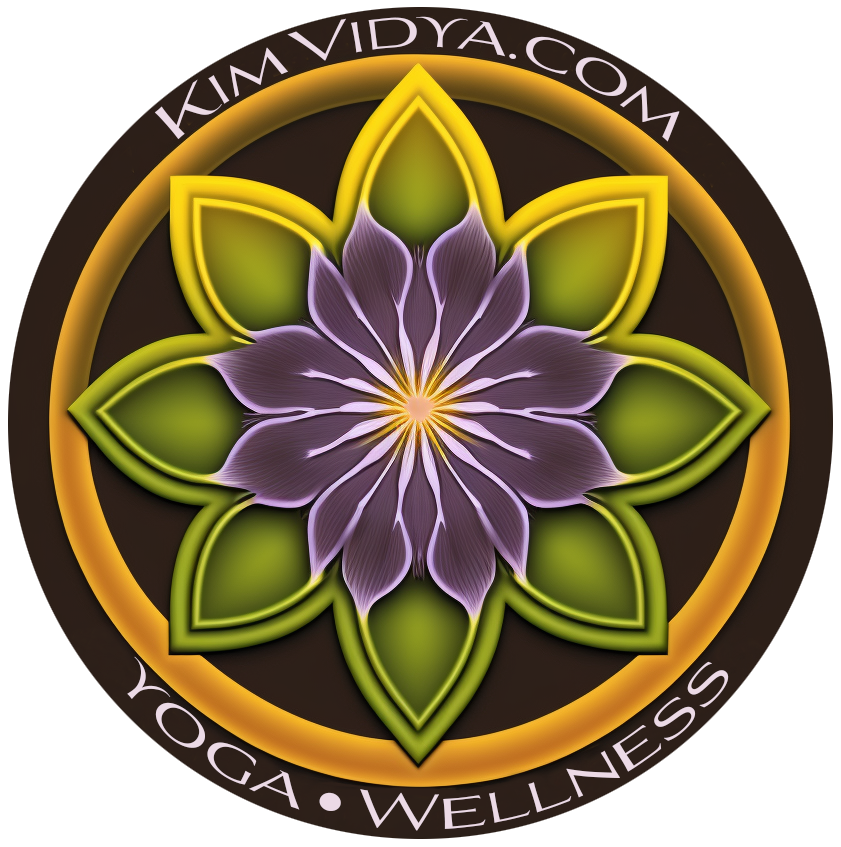With Kim Vidya, R.H.N, Holistic Practitioner for people and pets
Our bodies are equipped with incredible senses beyond the traditional five, like exteroception (awareness of the external environment), proprioception (body position), enteroception (internal organ sensations), interoception (emotional states), and nociception (pain perception). These senses are intricately connected to our brain’s regions responsible for movement, sensory awareness, and well-being.
Emotions play a significant role in shaping our physical responses through neurotransmitters like dopamine, serotonin, and adrenaline, which regulate everything from muscle tone to sleep patterns. These neurotransmitters, along with corresponding hormones, influence whether our bodies are in a state of arousal (fight-or-flight) or relaxation (rest-and-digest).
Allowing yourself a few minutes each day to abide in simply being in awareness in order reset the nervous system and allow yourself to turn inward. I often refer to this as “meeting yourself as you are”. Simply being present allows you to take your foot off the gas pedal of the whirlwind of the habitual patterns of our busy thinking mind and the subconscious patterns it runs on.
Practices like restorative yoga and meditation, can shift the nervous system from a stressed state to a calmer state by promoting the release of calming neurotransmitters. This is powerful! You are in the driver’s seat of your emotional body!
The Magic of the Body’s Senses, Emotions, and Restorative Yoga
Our bodies are remarkable machines, constantly picking up on signals from both inside and outside of us, helping us move, feel, and adapt to whatever life throws our way. But it’s not just about the basics like seeing, hearing, or touching. There’s a whole other layer of special senses that keep us in tune with ourselves and the world around us.
For starters, we have these incredible senses that go beyond the usual five. There’s exteroception, which helps us notice things like the warmth of the sun on our skin or the cool breeze on a fall day. Proprioception is like having a built-in GPS, giving us a sense of where our body is in space (ever wonder how you can walk around your house in the dark without bumping into things?). Enteroception, on the other hand, tunes us into our internal world—think hunger pangs, a racing heart, or that fluttery feeling in your stomach when you’re nervous.
Now, mix in interoception, which is all about picking up on how we’re feeling emotionally, like sensing our own anxiety or calmness. And then there’s nociception, which is basically your body’s way of saying, “Hey, something’s not right here,” like when you accidentally touch something too hot. All of these senses are hard at work behind the scenes, keeping us balanced and helping us move through life.
But here’s the cool part: our body isn’t just a passive receiver of these signals. It’s actually shaped by our emotions, which brings us to the world of neurotransmitters. These tiny chemical messengers—like dopamine, adrenaline, serotonin, and oxytocin—are like the body’s own DJs, setting the mood for everything from muscle tone and posture to how well we sleep at night.
Think about it: ever notice how your body feels when you’re really excited or super relaxed? That’s neurotransmitters doing their thing. If you’re hyped up, adrenaline and norepinephrine are probably flowing, getting your heart racing and muscles ready for action. On the flip side, when you’re feeling all cozy and content, it’s likely serotonin and oxytocin taking the lead, making everything feel a bit softer and more relaxed.
These neurotransmitters also trigger corresponding hormones that help fine-tune your body’s responses. It’s like a well-coordinated dance between your emotions and your physical state, helping you switch between fight, flight, freeze, or simply just rest and digest.
Now, if you’ve ever felt stressed and wished for a reset button, that’s where restorative yoga comes in. This gentle, slow-paced practice is like giving your nervous system a loving nudge to shift gears—from the high-energy, fight-or-flight mode into a calming, rest-and-repair state. You’re basically giving yourself permission to relax, breathe, and let go.
Restorative yoga is all about using props like blankets and bolsters to fully support your body in gentle poses. Imagine sinking into a comfy position and letting your breath flow. As you relax, your body senses that it’s safe, which signals a shift in those neurotransmitters. This leads to a wonderful cascade where feel-good chemicals like serotonin and oxytocin are released, nudging your nervous system into that peaceful parasympathetic state (aka the “rest and digest” mode).
It’s kind of magical how everything is connected: our feelings shape our body’s senses, which then influence the release of neurotransmitters and hormones. These chemical messengers help us find balance, whether we need a boost of energy or a dose of calm.
So, the next time you’re feeling overwhelmed or stressed, maybe try a little restorative yoga. It’s a simple, yet powerful way to harness your body’s natural rhythms, bringing you back to a state of balance, ease, and well-being. Because when our body and mind are in sync, life just feels a little lighter, doesn’t it?
